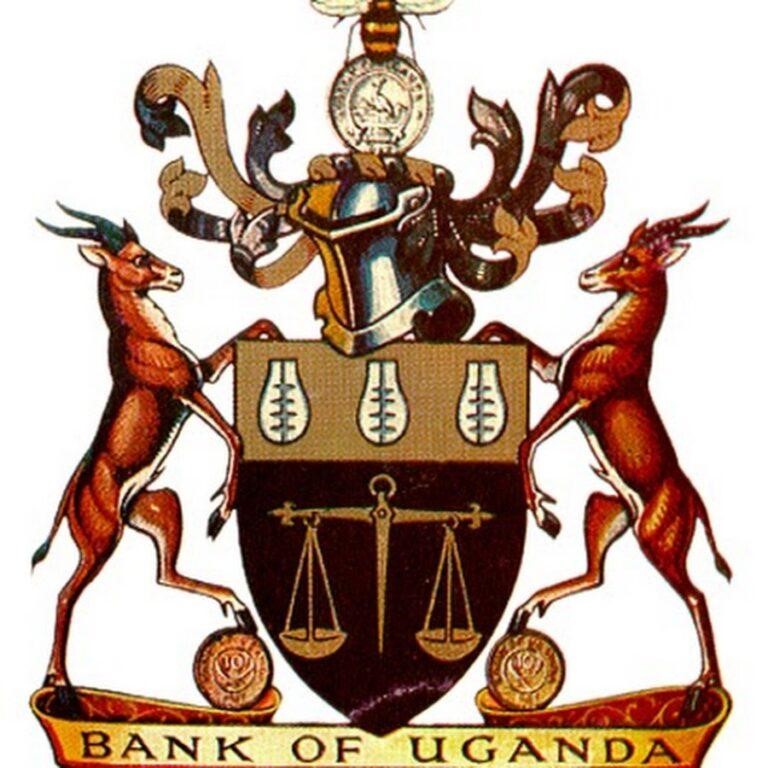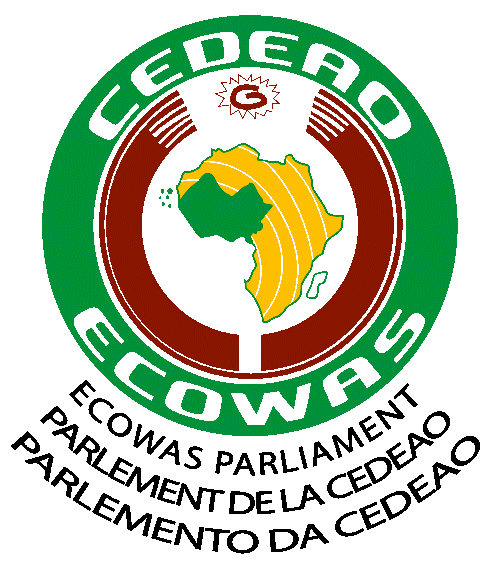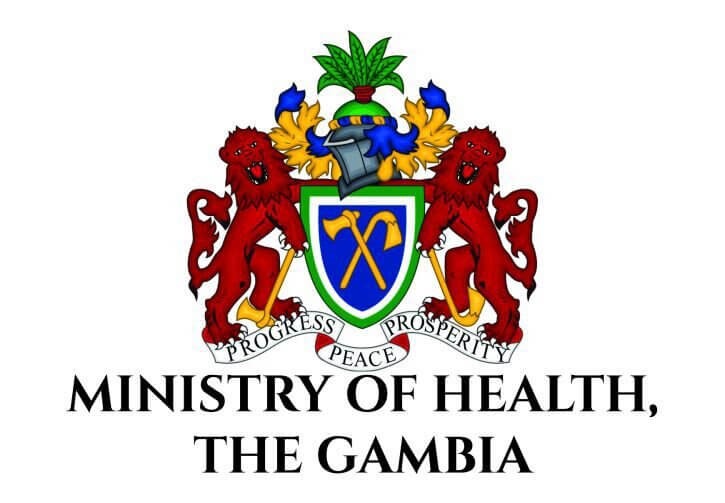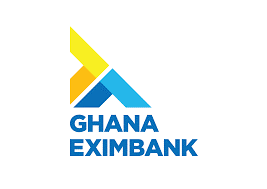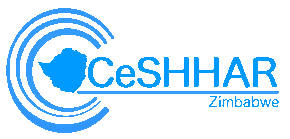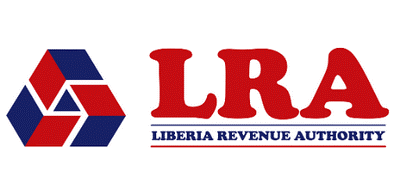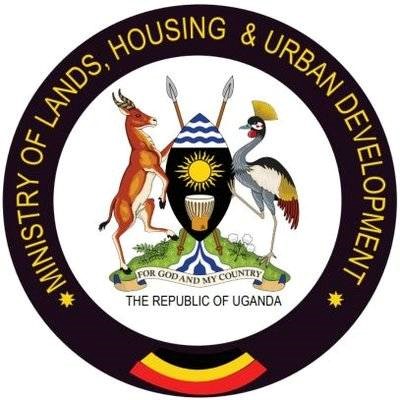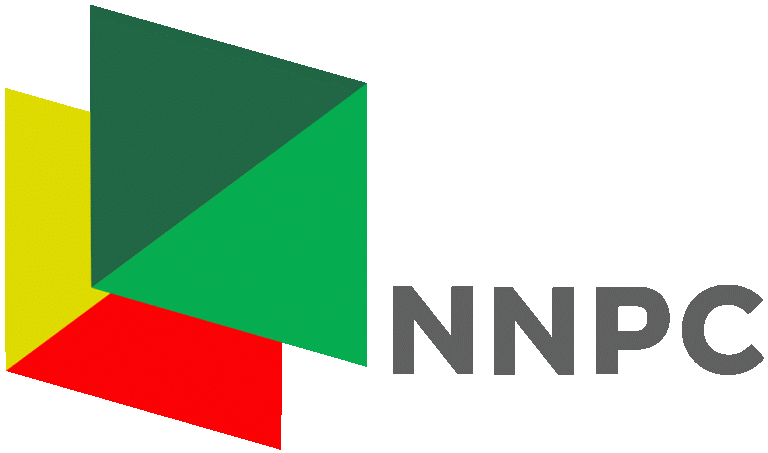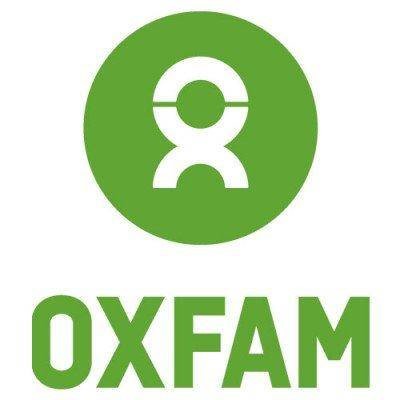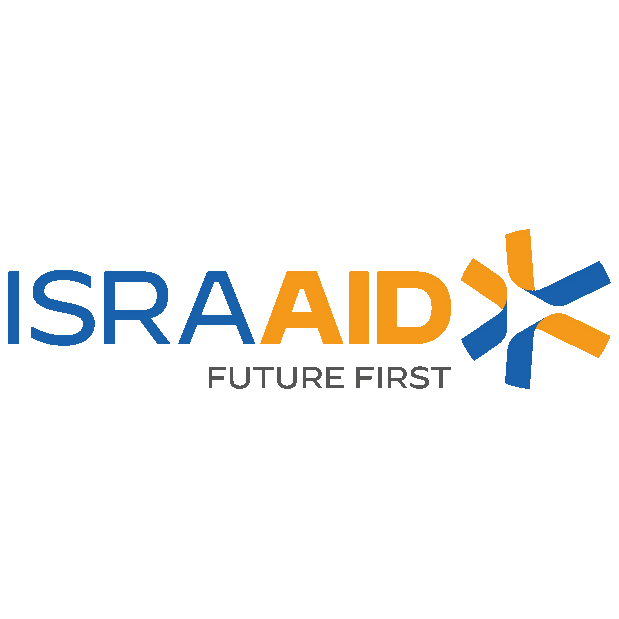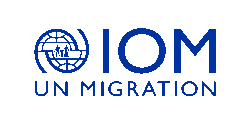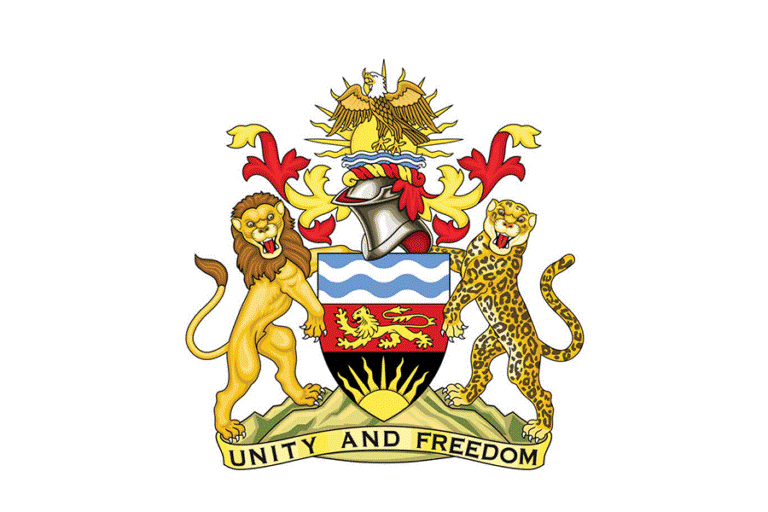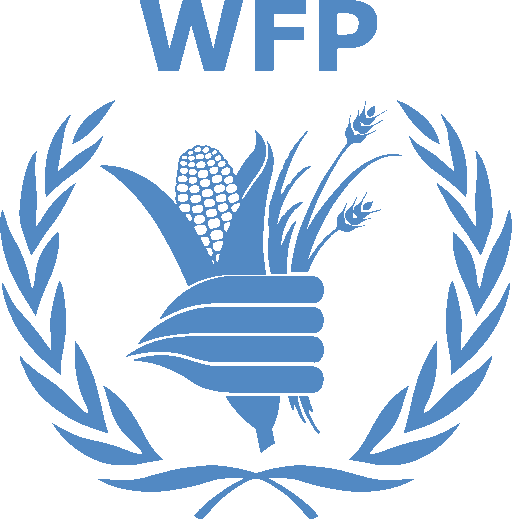GIS for Health Sector Programme Management Training
INTRODUCTION
The health sector is increasingly using Geographic Information Systems (GIS) to better understand spatial patterns in health data, assess public health risks, and allocate resources more effectively. The GIS for Health Sector Programme Management course provides professionals in health organizations, government agencies, and NGOs with the knowledge and skills needed to apply GIS tools for planning, managing, and evaluating health programs.
This course combines GIS technical skills with practical applications in health program management. Participants will learn how to collect and analyze health data spatially, create health maps, identify disease hotspots, and track healthcare access and resource allocation. By integrating GIS with health sector data, participants will be equipped to make data-driven decisions that improve public health outcomes.
DURATION
5 Days
TARGET AUDIENCE
Public health practitioners, epidemiologists, exposure scientists, quantitative health geographers, risk assessors, students.
OBJECTIVES
- Introduction to GIS in Health:
Understand the basic concepts of GIS and its role in health sector program management, including disease mapping, healthcare accessibility analysis, and resource allocation. - Spatial Data Collection and Management:
Learn how to collect, organize, and manage health-related spatial data using GIS tools, ensuring accurate data for decision-making. - Health Data Analysis with GIS:
Analyze spatial patterns of diseases, healthcare infrastructure, and population health using GIS techniques such as geospatial analysis, spatial statistics, and health mapping. - Creating Health Maps:
Design and create effective health maps that visualize critical health information, such as disease distribution, access to healthcare facilities, and the impact of public health interventions. - GIS Applications in Disease Surveillance:
Explore how GIS can support disease surveillance, track outbreaks, and monitor health trends at a community, regional, or national level. - Resource Allocation and Health Service Planning:
Use GIS to optimize the allocation of health resources, including planning healthcare facilities, emergency response services, and vaccination campaigns. - Using GIS for Monitoring and Evaluation (M&E):
Apply GIS in monitoring and evaluating the effectiveness of health programs, ensuring that health interventions are reaching target populations.
COURSE OUTLINE
Module 1: Introduction to GIS for Health
- Overview of GIS and its importance in the health sector
- Key concepts of spatial data and geospatial analysis
- GIS in public health: Mapping diseases, health interventions, and accessibility
- Case studies of GIS applications in global health
Module 2: Health Data Collection and Spatial Data Management
- Types of health data: Patient records, disease surveillance data, demographic data
- Collecting spatial health data through surveys, mobile apps, GPS, and public health systems
- Spatial data formats: Shapefiles, geoJSON, and raster data
- Managing and organizing spatial health data for analysis
- Practical exercise: Collecting and importing health data into a GIS system
Module 3: GIS Tools for Health Data Analysis
- Introduction to GIS software: ArcGIS, QGIS, and online GIS platforms
- Spatial analysis techniques:
- Hotspot analysis
- Buffer analysis (e.g., catchment areas for health facilities)
- Spatial interpolation for disease prevalence
- Geostatistics: Using statistics in GIS to analyze health outcomes and disease patterns
- Practical exercise: Perform spatial analysis on health data using GIS tools
Module 4: Designing and Creating Health Maps
- Principles of effective map design for health data
- Thematic mapping: Visualizing disease distribution, healthcare coverage, and risk factors
- Using color, symbols, and layers to convey health data clearly
- Creating interactive web maps for public health communication
- Practical exercise: Create a health map showing disease incidence and healthcare access
Module 5: GIS for Disease Surveillance and Outbreak Tracking
- Using GIS for real-time disease surveillance
- Epidemiological mapping: Tracking disease spread and analyzing outbreak patterns
- Early warning systems: Leveraging GIS for monitoring health trends and predicting future outbreaks
- Case studies: GIS in pandemic response (e.g., COVID-19, Ebola)
- Practical exercise: Develop a GIS-based surveillance system for a disease outbreak
Module 6: Resource Allocation and Health Service Planning with GIS
- Spatial optimization: Identifying optimal locations for health facilities
- Using GIS to analyze healthcare access and identify underserved areas
- Planning vaccination campaigns and emergency response services with GIS
- Practical exercise: Use GIS to allocate health resources efficiently
Module 7: Monitoring and Evaluation (M&E) of Health Programs Using GIS
- Role of GIS in tracking health program performance
- Monitoring health intervention reach and impact using spatial data
- Evaluating healthcare access improvements over time
- Case studies: GIS in monitoring global health initiatives (e.g., polio eradication)
- Practical exercise: Conduct M&E of a health program using GIS
CERTIFICATION
- Upon successful completion of this training, participants will be issued with Macskills Training and Development Institute Certificate
TRAINING VENUE
- Training will be held at Macskills Training Centre. We also tailor make the training upon request at different locations across the world.
AIRPORT PICK UP AND ACCOMMODATION
- Airport pick up and accommodation is arranged upon request
TERMS OF PAYMENT
- Payment should be made to Macskills Development Institute bank account before the start of the training and receipts sent to info@macskillsdevelopment.com
Gis For Health Sector Programme Management Training in Kenya
| Dates | Fees | Location | Action |
|---|---|---|---|
| 27/10/2025 - 31/10/2025 | $1,250 | Nairobi |
|
| 03/11/2025 - 07/11/2025 | $4,000 | Johannesburg |
|
| 17/11/2025 - 21/11/2025 | $1,500 | Mombasa |
|
| 24/11/2025 - 28/11/2025 | $1,250 | Nairobi |
|
| 01/12/2025 - 05/12/2025 | $4,950 | Dubai |
|

